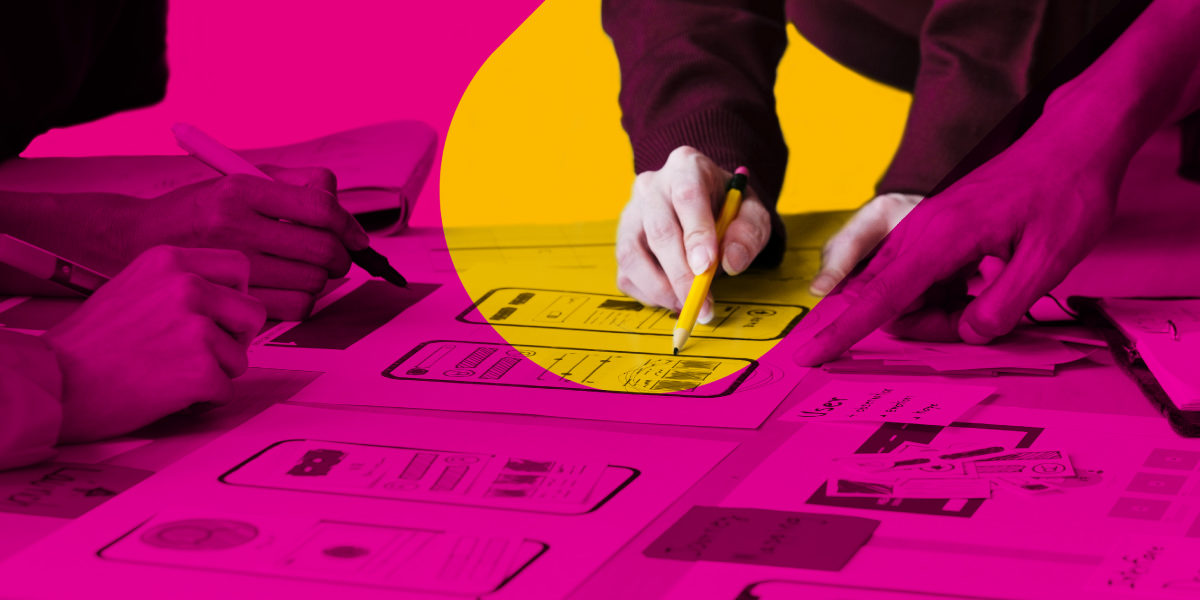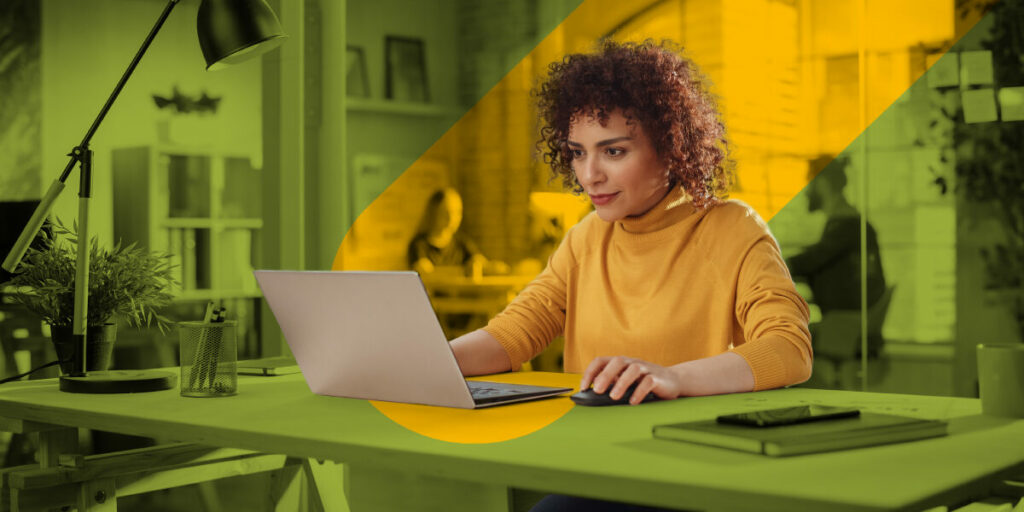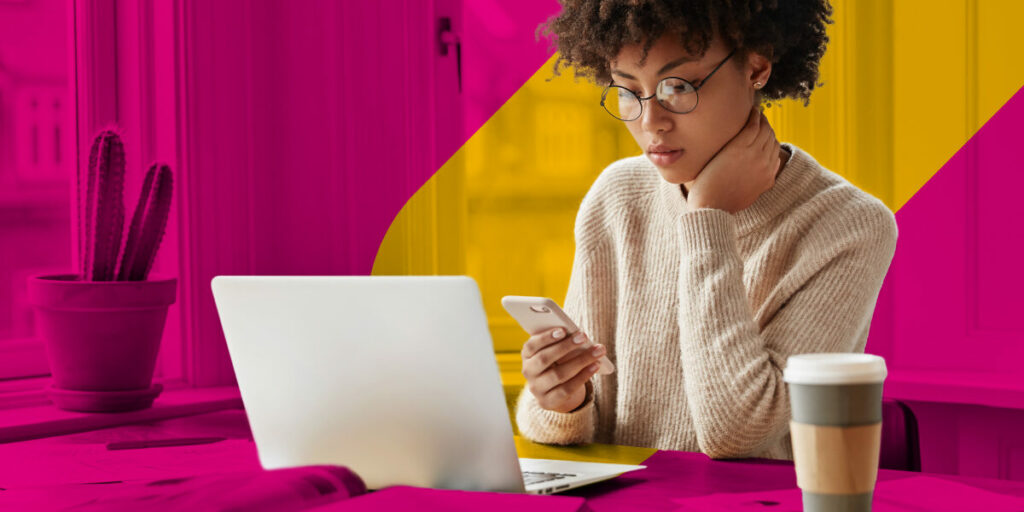6 October 2021
How we improve LMS accessibility
Kenny McCormack
Senior Solutions Architect
Even the best learning content in the world is useless if it’s not accessible to your learners. Here are some of the steps we take to improve LMS accessibility.
While website accessibility is usually associated with users who have specific accessibility needs, it’s about making your courses and content accessible to all learners. As such it’s actually an essential part of the user experience.
We’ve always taken accessibility seriously – from the UX point of view mentioned above and in terms of complying with relevant accessibility standards – but it’s only in the last few years that we’ve realised that we were only scratching the surface. Here are the steps we’ve taken to improve LMS accessibility further for our customers’ sites in order to improve the user experience for their learners.
Third-party auditing
This was the starting point for our learning about how we could make further improvements to the accessibility of the sites we were creating for our customers. External auditing by accessibility specialists helps us to find things we may have overlooked. We study the expert reports and put any recommendations into action as soon as possible.
Writing better code
When you think of accessibility, it might be the visual aspects that immediately spring to mind. But some learners are dependent on the coding of the website to ensure everything makes sense when their reading tool uses the code to read the LMS aloud. We’ve taken steps to improve the accessibility of our coding, including training our developers and putting in place measures to increase consistency between the coding of different developers.
Visual reviews
As part of in-house quality assurance, we always conduct peer reviews of each other’s work to check for any accessibility issues that are immediately obvious.
Google Lighthouse reviews
We also use Google Lighthouse, an open-source, automated tool for improving websites, to check for any improvements to accessibility that it suggests.
Following relevant standards
The guiding principles for all of our work in the field of LMS accessibility are the standards set out in the Web Content Accessibility Guidelines. We bring together our expertise in creating e-learning platforms with the lessons learned from each of the steps mentioned above to ensure we are creating an WCAG compliant LMS for our customer.
Advising customers
There comes a point when the accessibility of an LMS we have created is taken out of our hands. Once we’ve handed it over to our customer, the accessibility of the site is partly dependent on the accessibility of the content and courses they upload. With that in mind, we offer advice and ongoing support to customers to ensure they are creating accessible learning content to populate their accessible LMS.
Talk to us about LMS accessibility
If you’re trying to improve LMS accessibility within your organisation, feel free to get in touch for a chat. Just fill out the form below and we’ll be in touch.



